Are you looking to give your living room a fresh new look? One of the easiest and most effective ways to do so is by playing with colors. A well-chosen color scheme can completely transform the look and feel of a room, making it more inviting, cozy, or even energizing. However, with so many color options available, it can be overwhelming to know where to start. That's why we've put together a guide on the top 10 main match colors for living rooms to help you create a beautiful and harmonious space.Color Matching for Your Living Room: Tips and Tricks
Before we dive into the specific color combinations, it's important to understand the basics of color theory. The color wheel is a useful tool to help you understand how colors work together. Colors opposite each other on the wheel are complementary, while colors next to each other are analogous. When choosing a color scheme for your living room, you can opt for complementary colors for a bold and contrasting look, or analogous colors for a more harmonious and soothing feel.How to Choose the Perfect Color Scheme for Your Living Room
If you have a neutral living room, such as one with white walls and beige furniture, you have a blank canvas to work with. This means you can choose any color scheme you desire without worrying about clashing with existing colors. Some great options to consider are navy blue, emerald green, or mustard yellow. These colors will add depth and personality to your space while still maintaining a clean and modern look.Best Colors to Match with a Neutral Living Room
When it comes to choosing colors for your living room, it's important to think about the overall vibe you want to create. If you want a calming and serene atmosphere, opt for cool tones such as light blue or lavender. For a warm and inviting feel, go for shades of orange or rust. Remember to stick to a cohesive color palette to avoid a messy and disjointed look.Creating a Cohesive Color Palette for Your Living Room
Did you know that colors can have a psychological effect on our mood and emotions? For example, red is known to stimulate energy and passion, while green is associated with balance and harmony. Keep this in mind when choosing colors for your living room, and consider the mood you want to create. For a cozy and welcoming space, opt for warm colors like yellow or terra cotta.Using Color Psychology to Match Colors in Your Living Room
1. Navy blue and gold: This combination exudes elegance and sophistication.
2. Gray and blush pink: A perfect blend of modern and feminine.
3. Teal and mustard yellow: A fun and bold combination that will make a statement.
4. Burgundy and cream: Rich and luxurious, perfect for a cozy living room.
5. Olive green and beige: A natural and earthy combination that will bring a sense of calmness.
6. Purple and gray: A unique and unexpected blend that will add a touch of drama.
7. Turquoise and coral: A bright and cheerful combination for a playful living room.
8. Black and white: A classic and timeless duo that will never go out of style.
9. Orange and navy blue: A bold and unexpected combination that will add a pop of color.
10. Charcoal gray and emerald green: A sophisticated and modern mix for a stylish living room.10 Color Combinations to Elevate Your Living Room Design
Once you have chosen your color scheme, it's important to make sure your furniture and decor match accordingly. This doesn't mean everything has to be the exact same color, but rather that they complement each other. For example, if you have a navy blue accent wall, consider incorporating a navy blue rug or throw pillows to tie the room together.Matching Furniture and Decor to Your Living Room Color Scheme
If you're hesitant to incorporate bold colors in your living room, start small. You can add pops of color through smaller decor pieces such as artwork, throw pillows, or curtains. This will add interest and personality to your space without it feeling overwhelming. Another tip is to balance out bold colors with neutral tones to create a harmonious and balanced look.How to Incorporate Bold Colors in Your Living Room without Overwhelming the Space
Accents are a great way to add depth and interest to your living room. When choosing accent colors, think about what will complement your main colors and create a cohesive look. For example, if you have a gray and blush pink color scheme, gold accents will add a touch of luxury and tie everything together.Choosing the Right Accent Colors for Your Living Room
Lastly, when choosing colors for your living room, it's important to think about the flow of the space. Consider how the colors in your living room connect to other rooms in your home. Make sure there is a sense of harmony and cohesiveness throughout your home by using complementary color schemes or repeating accent colors. In conclusion, choosing the right colors for your living room can make a big impact on the overall look and feel of your home. By considering color theory, psychology, and creating a cohesive color palette, you can create a beautiful and inviting space that reflects your personal style. Whether you opt for bold and vibrant colors or a more subdued and neutral palette, the key is to have fun and let your creativity shine.Creating a Harmonious Color Flow in Your Living Room
Matching Colours for Your Living Room

Choosing the right colours for your living room can be a daunting task, but it is an essential aspect of interior design. The colours you choose can greatly affect the overall look and feel of the room, making it either inviting and cozy or cold and uninviting. Here are some tips on how to match colours for your living room.

The first step in choosing the right colours for your living room is to consider the purpose of the room. Is it a space for relaxation and entertainment, or is it a more formal space for guests? This will help determine the type of colours you should use.
Neutral colours such as beige, gray, and white are great options for creating a calming and inviting atmosphere. These colours also provide a blank canvas for you to add pops of colour through accent pieces and accessories.
Warm colours such as red, orange, and yellow can add energy and warmth to the room. These colours are perfect for creating a cozy and welcoming space, but be careful not to overdo it as they can also be overwhelming.
Cool colours such as blue, green, and purple are known for their calming effects. These colours are great for creating a serene and peaceful atmosphere, perfect for a living room that doubles as a space for relaxation.
When it comes to matching colours , it's important to create a cohesive look by choosing colours that complement each other. You can achieve this by using the colour wheel to find complementary colours or by using different shades of the same colour.
Another important factor to consider is the lighting in your living room. Natural light and artificial light can greatly affect the way colours look. It's important to test out different colours in your living room to see how they look under different lighting conditions.
Lastly, don't be afraid to experiment with different colours and patterns. Adding a statement piece with a bold colour or pattern can add visual interest to the room and bring your living room to life.
In conclusion, choosing the right colours for your living room is a crucial part of interior design. By considering the purpose of the room, using a combination of neutral, warm, and cool colours, and paying attention to lighting and patterns, you can create a beautiful and inviting living room that reflects your personal style.





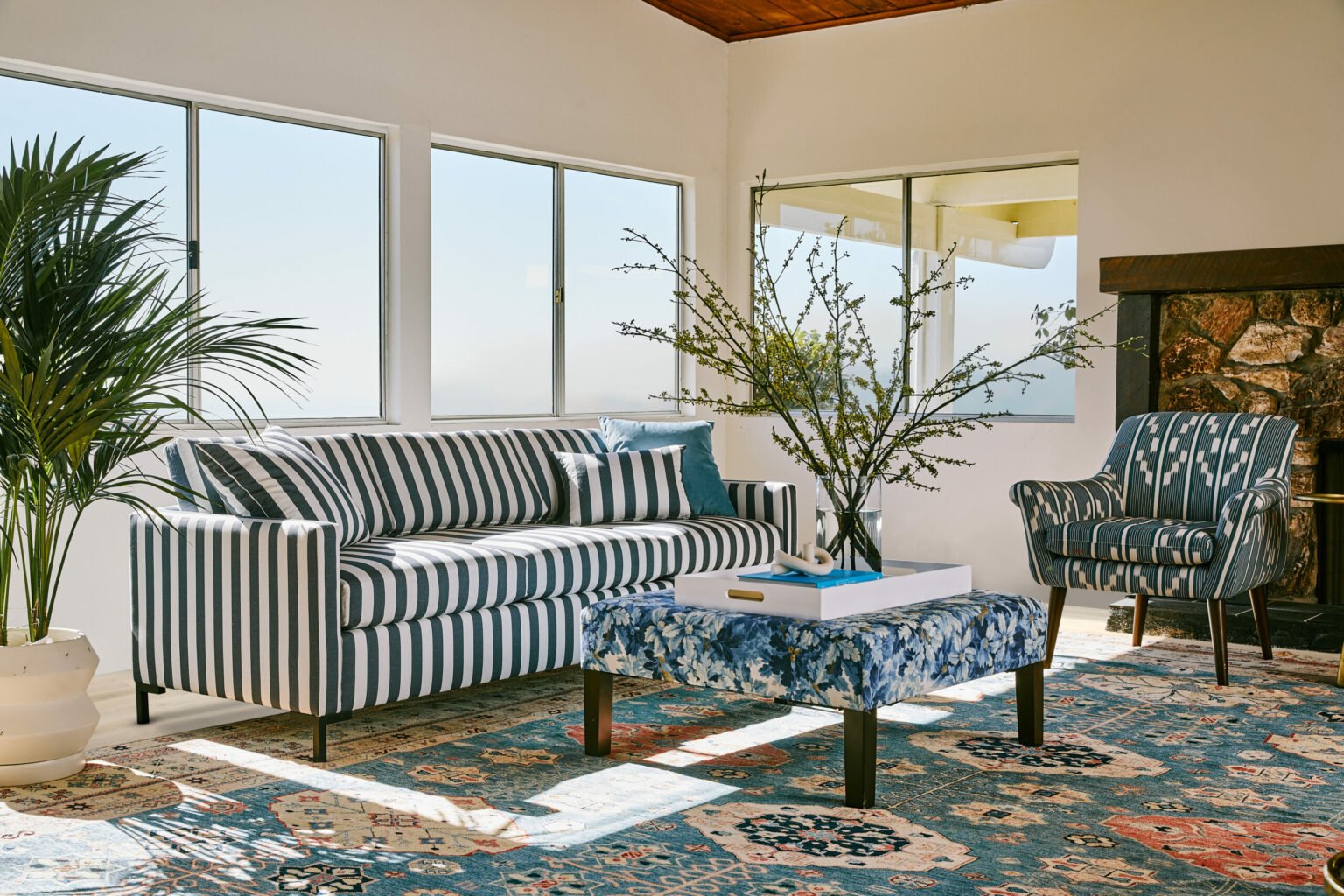



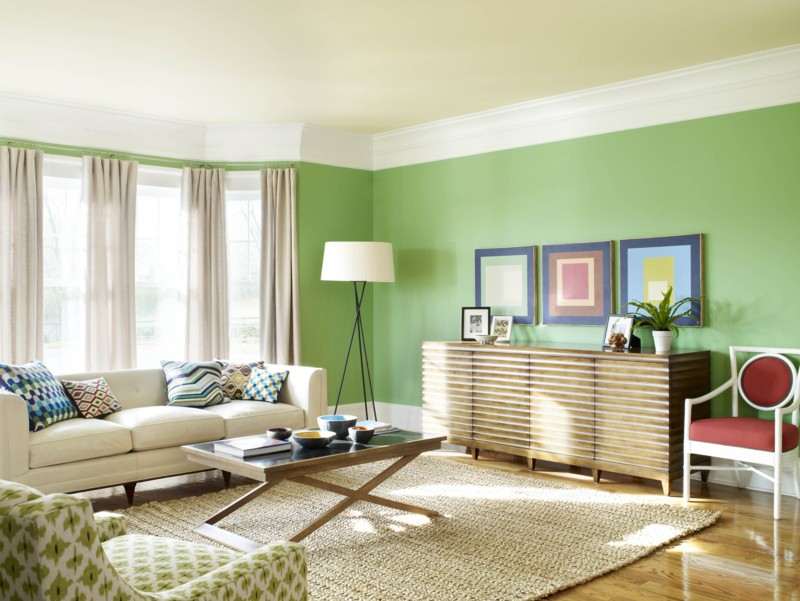


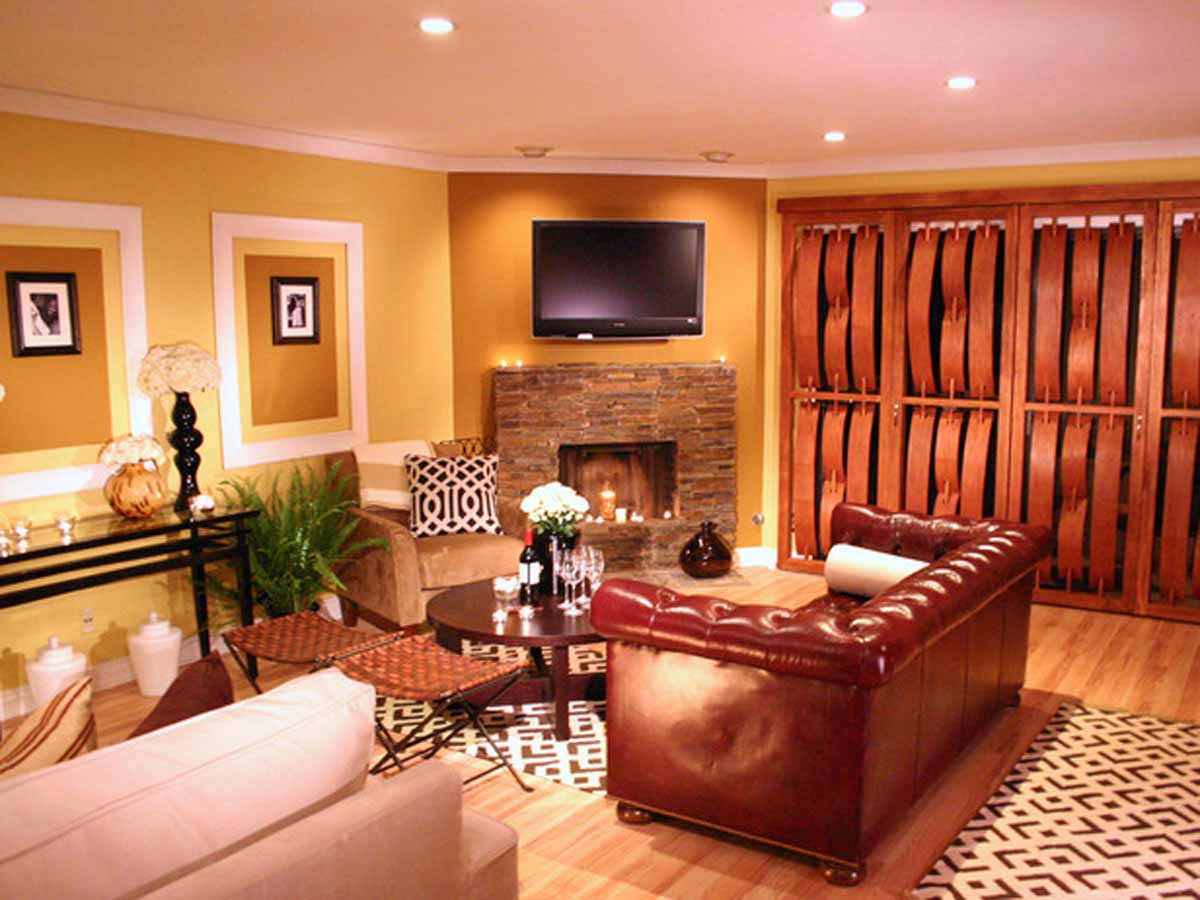




:max_bytes(150000):strip_icc()/showcase-home-interior-looks-inviting--487916813-5accd093fa6bcc00361bb970.jpg)









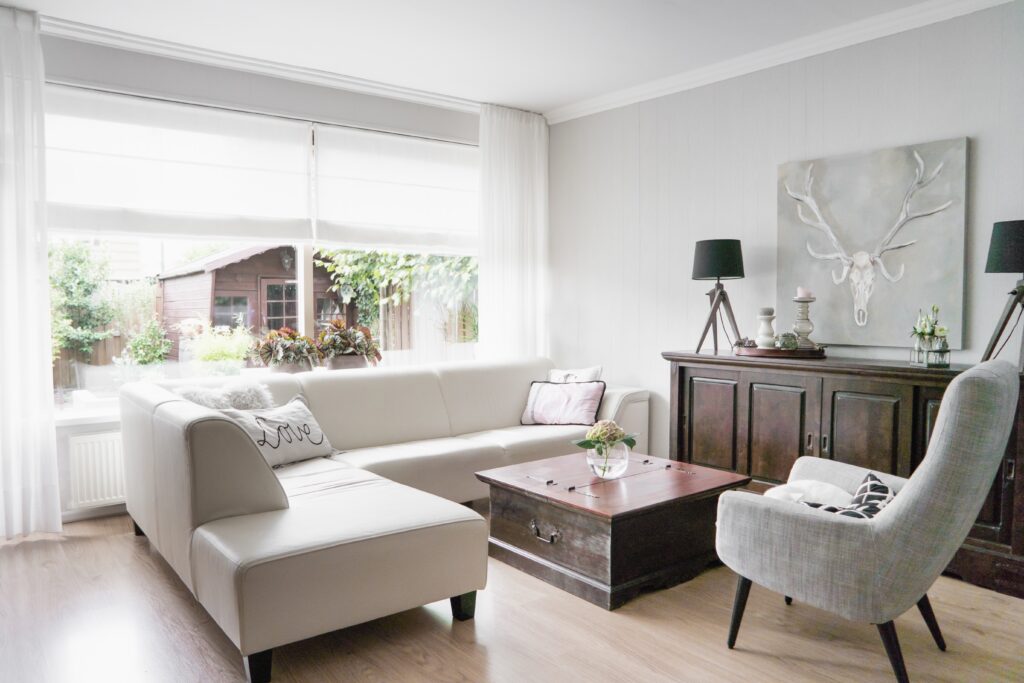















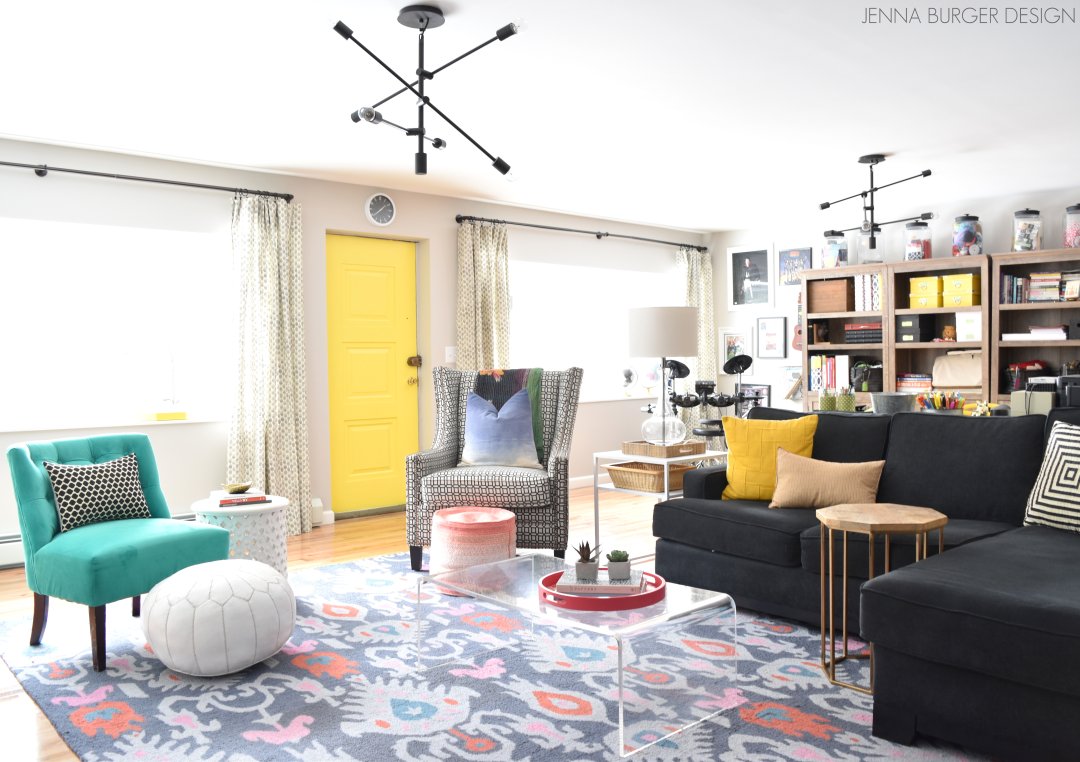




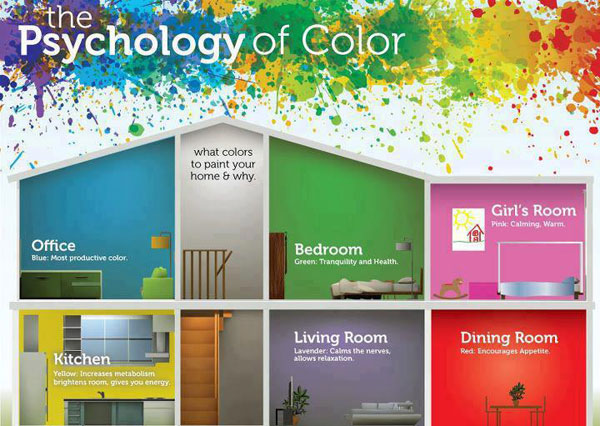



/2795824-color-psychology-5b0478de04d1cf003aac1625.png)










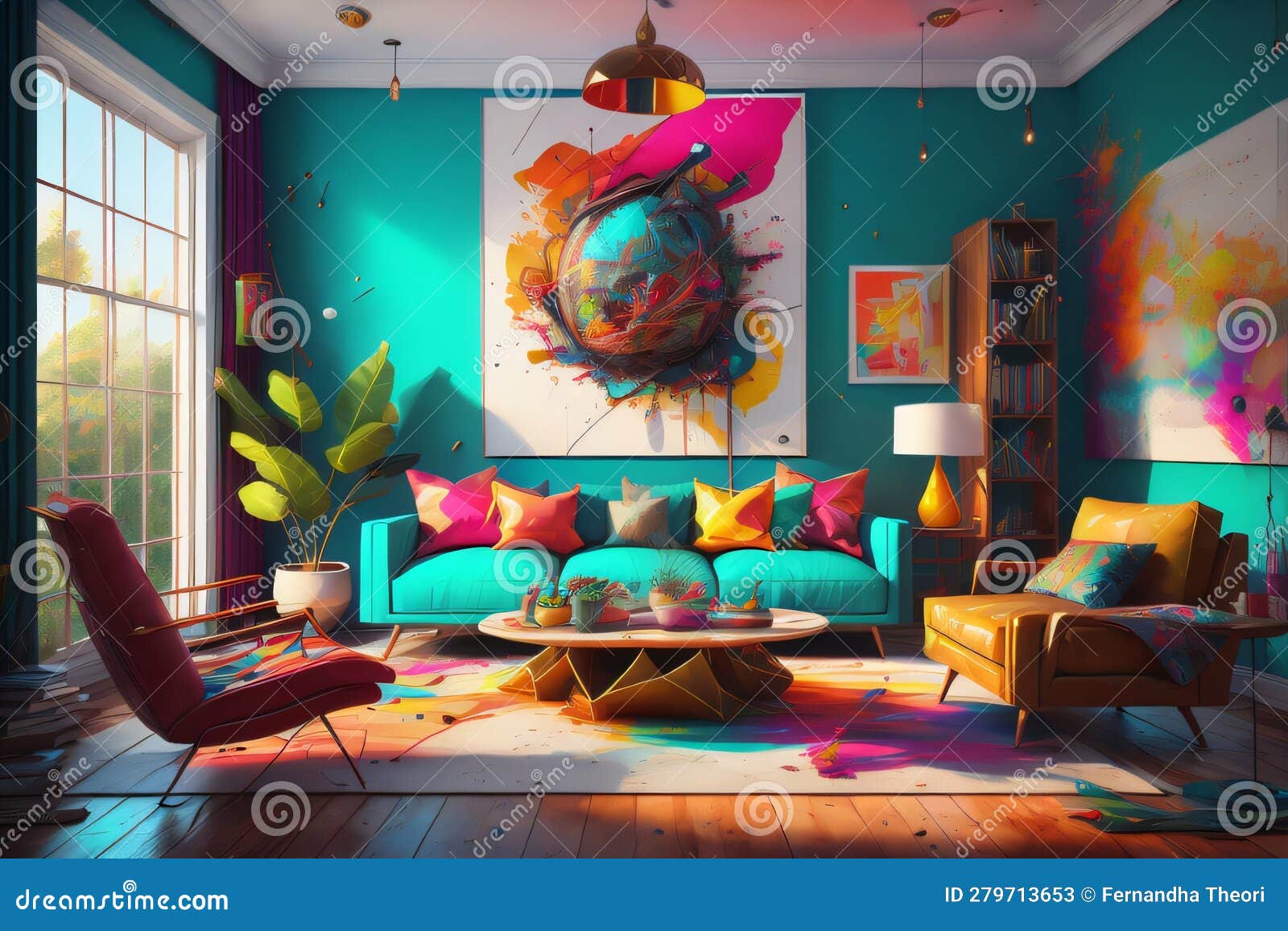







/169789002-58a723d63df78c345b930ec6.jpg)











































